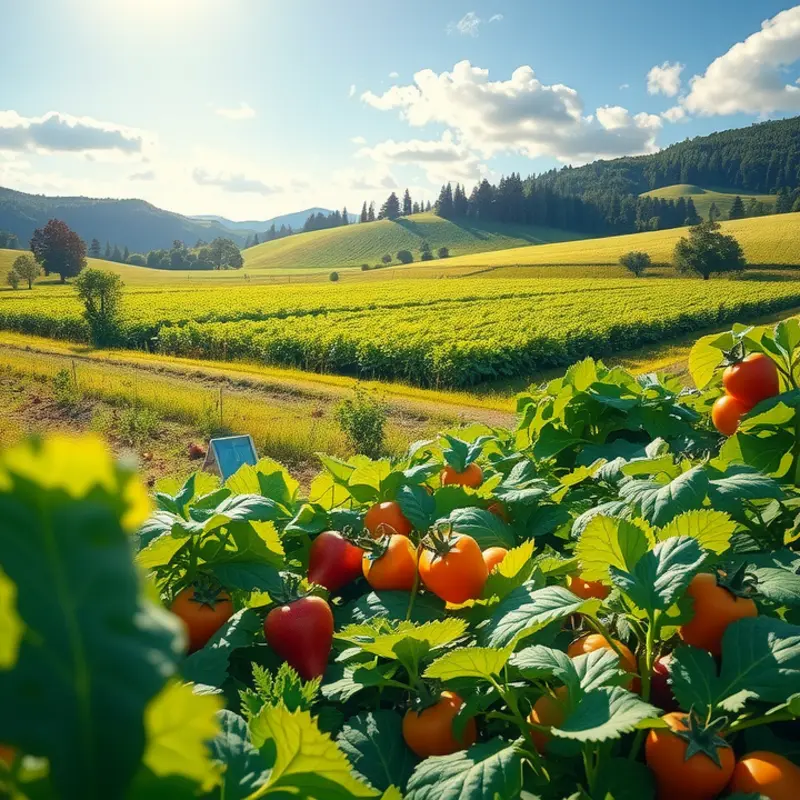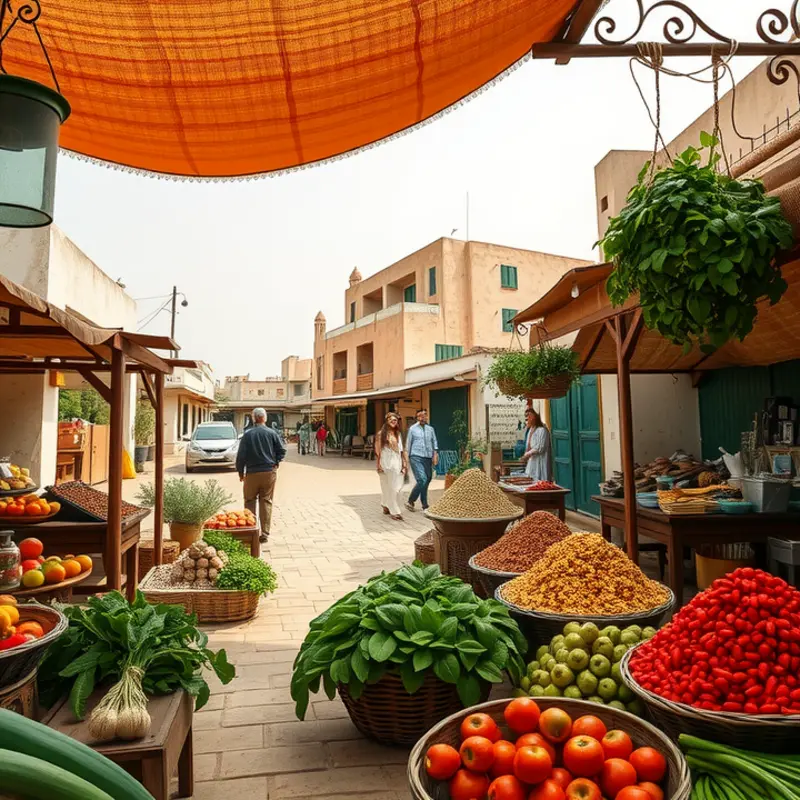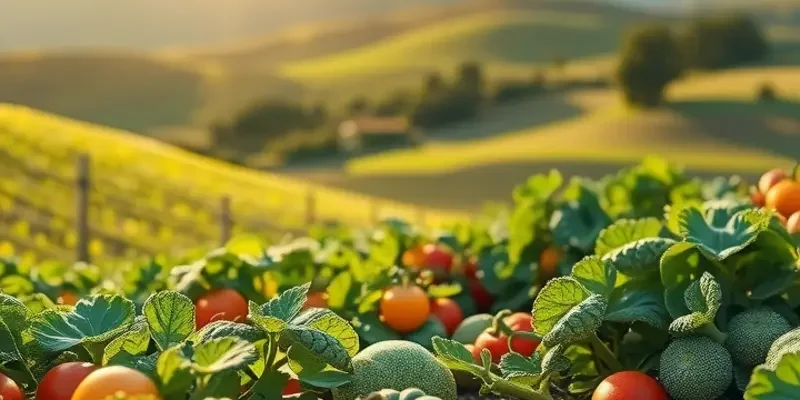Amidst the vast deserts and arid landscapes, oasis towns emerge as culinary havens, rich with flavors and traditions. These enchanting locales, nourished by natural springs, boast a unique gastronomy that reflects centuries of cultural exchange and historical significance. From aromatic spices of North Africa to the lush produce of the Middle East, the foods of these oasis towns tell stories of resilience, community, and thriving agriculture. Join us on an explorative journey into the heart of these vibrant food cultures.
The Abundance of Oasis Agriculture

Nestled amidst arid expanses, oasis towns boast an unexpected wealth of agricultural resources. These verdant havens offer a diverse array of produce, driven by their unique climatic conditions. The interplay of reliable water sources and fertile soil creates an environment where fruits like dates, pomegranates, and figs flourish. The abundance extends to vegetables such as cucumbers and carrots, as well as grains like barley and wheat.
The microclimates of oasis towns play a pivotal role in shaping the diversity of local agriculture. The presence of underground aquifers and springs ensures year-round water availability. This bountiful irrigation supports crops that would otherwise struggle in the desert heat. Coupled with well-draining soil, these conditions facilitate the proliferation of a wide range of plant species.
Traditional farming methods in oasis communities are a testament to their resourcefulness and deep connection to the land. Cultivators employ techniques like terrace farming on hillside locations, maximizing arable land use and controlling water flow. The age-old practice of intercropping, more than just a tradition, serves to enrich soil health and optimize yield. By growing complementary plants together, farmers enhance nutrient cycling and natural pest control, reducing dependency on synthetic fertilizers and pesticides.
An integral aspect of oasis agriculture is the symbiotic relationship between humans and nature. Pottery irrigation systems, known in some regions as ‘olla,’ involve burying clay pots among the crops. As water seeps through the porous clay, it hydrates the roots directly, showcasing an efficient, time-honored irrigation strategy. Such practices reflect a profound understanding of sustainable water management, critical for life in these arid regions.
Local communities are keenly aware of preserving their culinary heritage through agriculture. Many oasis towns hold agricultural festivals celebrating seasonal harvests. Such events not only underscore local customs but also encourage the sharing of traditional recipes, which often feature ingredients harvested from their gardens. These gatherings reinforce communal bonds while passing down invaluable agricultural knowledge to younger generations.
The culinary applications of oasis produce are as diverse as the crops themselves. Dates, beyond their fruit form, are transformed into syrups or stuffed delicacies. Grains become the foundation of breads and soups, enriched with locally grown legumes. Vegetables are often pickled, preserving their flavors for the off-season, a technique rooted in practicality and culture.
To delve deeper into the intricate culinary customs shaped by these agricultural practices, one might look into the rich tapestry of food culture among nomadic communities, which share similar resourcefulness and respect for nature. For more insights on how traditional grain preparation differs globally, consider reading about traditional grain preparation.
The agricultural abundance of oasis towns is more than a marvel of adaptation; it’s a living testament to ingenuity and tradition. These vibrant societies continue to thrive, drawing from their lush environments and ancient techniques to sustain a culinary heritage that is both distinct and enduring.
Flavors of the Oasis: Traditional Dishes and Their Stories

In oasis towns, food is more than sustenance—it’s a narrative woven into daily life. These unique locations produce dishes that tell stories of cultural intersections and historical journeys. Take, for example, the spicy tagines of North Africa. These slow-cooked stews, rich with meat or vegetables, reflect a blend of Arab, Berber, and indigenous influences. Essential spices such as cumin, coriander, and turmeric are staples, their origins tracing back to ancient trade routes that stretched across the continent.
Tagines are traditionally cooked in earthenware pots of the same name, where domed lids ensure moisture retention, resulting in tender, flavorful outcomes. This method distills not only the food’s essence but the patience and care synonymous with communal cooking practices found in these regions. Stories of companionship are echoed in each serving, as families gather around to share.
Further east in the Middle East, refreshing salads are another backcountry delight, offering respite from the arid environment. One notable example is the tabbouleh, a parsley-heavy salad accented with fresh mint, ripe tomatoes, and bulgur. It is a prime example of using readily available ingredients to create a dish as nutritious as it is refreshing. The chopping technique—finely shredded parsley and precisely diced tomatoes—ensures that each bite delivers balance.
The choice of herbs in tabbouleh is both intentional and deeply rooted in the terrain’s ecology, showcasing a symbiotic relationship with nature. The dish’s composition reveals insights into sustainable practices, as locally sourced ingredients minimize the environmental impact. Read more about how food choices can affect environmental factors like air quality.
Across the deserts, bread holds a sacred space in these culinary landscapes. From the flatbreads baked on open flame stones to the soft pitas, these are more than complements; they are essential to each meal. Each variety carries a story of survival and adaptation, often made from grains that are painstakingly ground. The bread is a reminder of the earth’s gifts and the labor of hands.
As we travel to Central Asia, plov becomes a culinary icon. This rice dish, with roots in Persian polo, exemplifies the rich cultural exchanges facilitated through the Silk Road. Spices like saffron and barberries create a flavor profile that’s complex yet harmonious. Cooking plov demands skill in layering ingredients for even cooking while the lid traps steam, much like the tagine process, highlighting a universal method despite its varied palette.
These dishes, from bold tagines to humble flatbreads, are not only about flavors. They embody historical narratives, environmental symbiosis, and communal traditions that transcend time. Each meal offers a window into the values and struggles of those who reside in these serene yet challenging landscapes. By savoring these traditional creations, we partake in age-old dialogues, connecting with a history that’s as vibrant today as ever.
Final words
Oasis towns are more than just picturesque locales; they are rich culinary landscapes filled with tradition and creativity. The fusion of indigenous ingredients, historical practices, and vibrant cultures create a unique gastronomic experience. Traveling through these towns not only delights the palate but also offers insight into the resilient spirit of their inhabitants. As you savor each dish, remember you’re tasting a piece of history and a story waiting to be shared. Next time you encounter Middle Eastern spices or North African delicacies, reflect on their roots in the lush, nurturing oases that continue to thrive amidst the sands.








